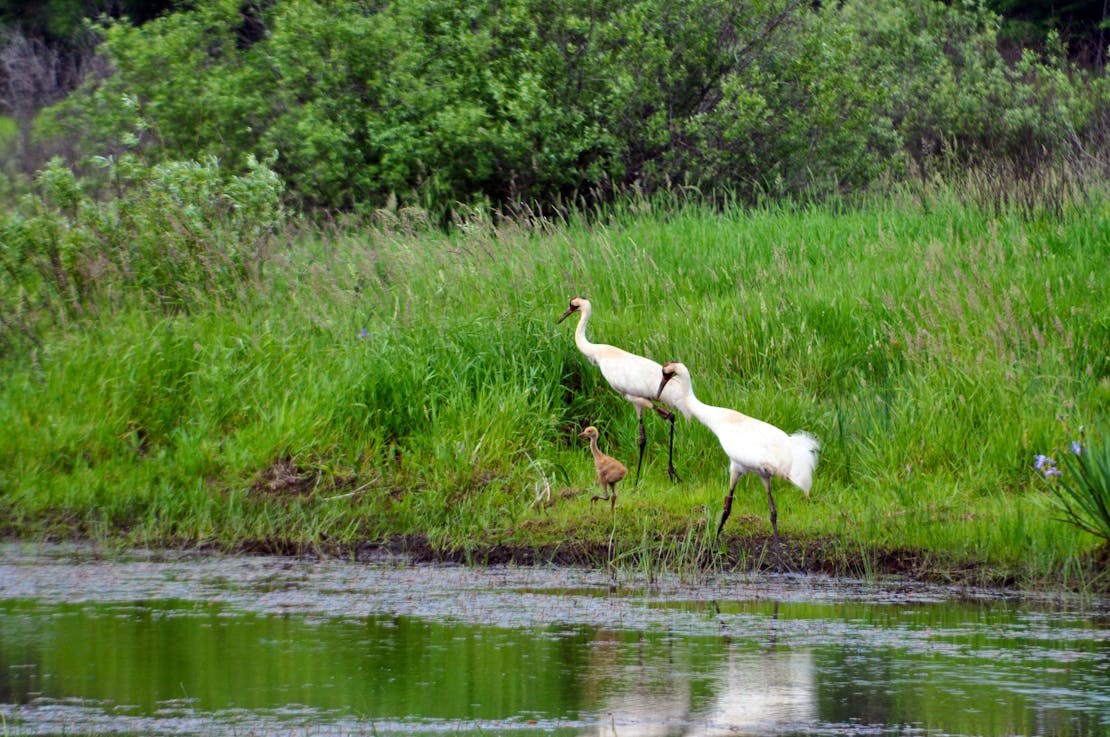We already see it starting – fewer songbirds in our trees, brilliantly colorful coral reefs bleaching to white, and silence where there was once the croaking of frogs. Maintaining diverse ecosystems is important to all aspects of our lives – it’s tied to our health, our economy, and helps to keep the fabric of life together. But despite its importance, biodiversity is in free fall. About one million species are at risk of extinction worldwide and we now know North America has lost over 3 billion birds in past decades. We face a future where we hear fewer and fewer bird songs or insect chirps, where species like the ocelot or the whooping crane may become a thing of the past.



Thankfully, there are tools to help us combat this crisis. The Endangered Species Act (ESA) is one of the strongest laws in the United States – and a model globally - for protecting biodiversity. The ESA provides protections against harm, ensures critical habitat is protected and leads species that were once on the brink of extinction, like the whooping crane, down a path toward recovery.
But the ESA can only work well if has all the resources it needs. For decades, the ESA has been underfunded, leaving it without the means to complete the very basics of its duties. Recovery plans have not been updated in decades. There is a backlog of species awaiting listing decisions, and recovery actions for hundreds of species receive very little funding. In an analysis done here in the Center for Conservation Innovation at Defenders of Wildlife, we found that the U.S. Fish and Wildlife Service needs more than double the amount of funding it currently receives for implementing the ESA in order for the law to do its job as Congress intended. The ESA also needs advocates - people to stand up and use their voices to collectively defend biodiversity, and that’s where scientists come in.
In August, Defenders and colleagues launched a scientist sign-on: “Solve the biodiversity crisis with funding.” This letter, now published in Science, brought together over 1,600 scientists from around the world to support the message that to save biodiversity, decision-makers must fully fund conservation programs. This scientific consensus came from scientists of all disciplines – from ecologists to anthropologists to economists and beyond – all of whom recognize the important role biodiversity plays in our lives. Without adequate funding for conservation, we will not be able to protect our wildlife.
The challenge of protecting biodiversity does not sit the shoulders of scientists alone. It’s up to all of us to help protect biodiversity, and Congress can show the leadership to prioritize our nation’s most imperiled species. Our imperiled wildlife, from whales to cranes to jaguars to salamanders, need protections and they need the Endangered Species Act. The Endangered Species Act, in turn, needs us. It needs funding and it needs support. In a country where we value our natural heritage, the national parks and iconic wildlife that we have protected over decades, we cannot let the reason they fade into extinction be a lack of funding for conservation.










